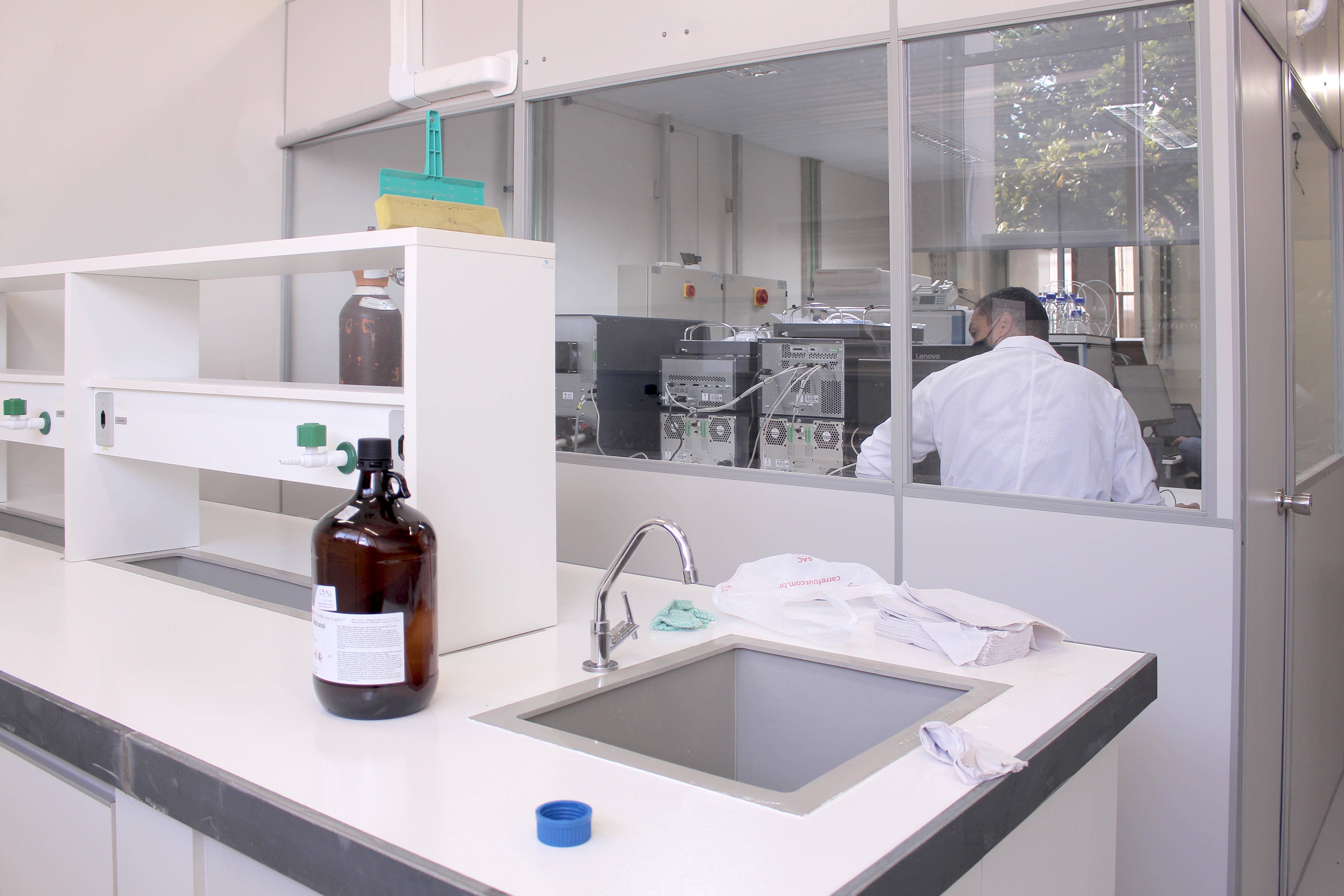What are chromatography and mass spectrometry techniques and what are they for?
Know these two analytical procedures and understand their importance for understanding the impacts of the dam rupture in Brumadinho
Posted on 12/21/2020
The disruption of the Córrego do Feijão mine in Brumadinho, as well as the consequent spillage of tailings, impacted the quality of the region's natural resources, reaching more than 20 cities in Minas Gerais. It is not yet known for sure what the most profound effects of the disaster are, but research carried out by the Brumadinho Project seeks to clarify scientifically the main consequences of the disruption to the environment and the affected population.
One of the objects of study investigated by the Brumadinho Project is the groundwater of the Paraopeba River basin. Different methodologies from different areas of knowledge will be applied to analyze the quality of these waters after the dam burst. Subproject 14 will use gas and liquid chromatography techniques coupled with mass spectrometry to examine groundwater from 144 sampling points. But what are these procedures?

Chromatography
Chromatography is a technique that aims to separate the various components of a mixture of substances, either to identify or quantify them in complementary procedures. There are four main types of chromatography: liquid, gas, ion exchange and affinity.
Subproject 14 of the Brumadinho Project will use the first two types of chromatography to separate the chemical constituents of the groundwater collected in the Paraopeba River basin. Gas chromatography is used to identify volatile molecules, while for substances consisting of less volatile and more polar molecules liquid chromatography is used.
Mass spectrometry
One of the possible complementary procedures to chromatography, mass spectrometry is an analytical technique that aims to identify molecules by means of their mass and chemical structure. The identification is carried out by converting the molecules into ions in the gas phase and, subsequently, by separating them in the mass spectrometer. Thus, scientists are able to know which substances are present in the analyzed mixture.
Interpreting the results
From the combination of the two techniques described above, the researchers interpret the results obtained according to the purposes of the research. In the Brumadinho Project, the groundwater will be analyzed to understand if there was contamination of substances that are unnatural to that environment from the rupture of the dam.
The researcher and coordinator of subproject 14, Rodinei Augusti, explains a little more about these procedures in the video below. Check it out!